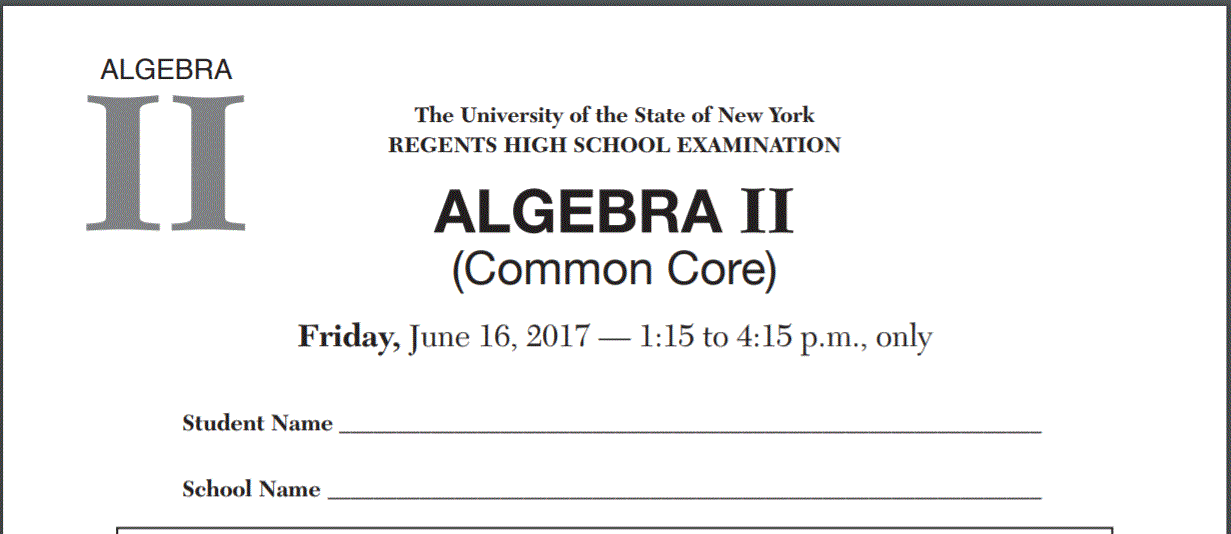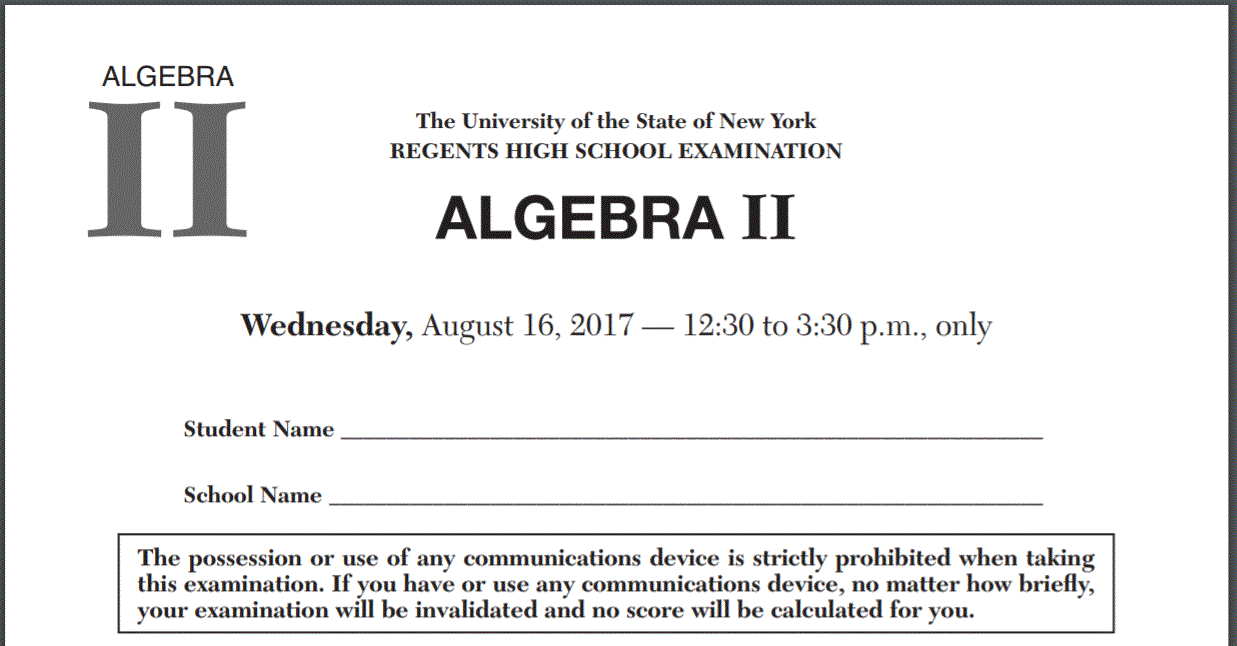Hello All! It’s November and next week if our first big break of the year. Thanksgiving comes early this year. We always want to take the opportunity to thank all of the teachers, schools, and students who use our materials and give us feedback. We appreciate all of your help in making our curriculum better, including giving us feedback on which add-ons we should create.
Speaking of add-ons, let’s get to them. First up, Common Core Algebra I Add-Ons for this month. We’ve got a couple different items for you. First up is a new video to go along with our Unit 6 Percent Warm-Up lesson that we added on last year. We’ve updated the lesson with its QR code. For teachers who have students that need just a bit to get them back up to speed on what percents are, have them watch this video and do this lesson. We’ve also created a nice performance task for Unit 6 on modeling different types of interest. This is a great assessment for individuals or groups. It gives you a good sense for how well students understand linear versus exponential functions. We’ve included a sample rubric, but encourage teachers to decide how to grade this task.
For Common Core Geometry, we’ve added another Unit Review and Unit Assessment, specifically for Unit #6 on Quadrilaterals. If you need a ton of quadrilateral problems to assign over holiday break in another month (or so) check this set out.
Common Core Algebra II Add-Ons include a new video and a new lesson. We recently created a video for our lesson on Factoring Using the AC-Method. We put that lesson out last month as an add-on, but now we’ve put out the video and updated the lesson with the video QR code. Remember, if kids have the latest edition of the iOS for iPhone, the camera has a QR reader built in. We also added a new lesson this month that follows up the Locus Definition of a Parabola. In our new lesson, More Work with the Directrix and Focus of a Parabola, we look at what I call the focal length formula of a parabola, i.e.,
At first I was a bit hesitant to introduce this formula, but after all was said and done, I liked the lesson and how it ties in to the previous one using the distance formula to derive the equation of a parabola based on the focus and directrix. Hopefully this lesson will help students with basic focus/directrix problems on the New York State Regents.
BTW, anyone notice anything different between the cover of the June Common Core Algebra II Regents exam and the August Algebra II Regents exam (besides the date)?
I can’t quite put my finger on the difference, but I know there is one.
Finally, for Algebra 2 with Trigonometry Add-Ons we have a few different items. First, we added a Unit #6 – Polynomials and Rational Functions mid-unit quiz. This quiz covers the first five lessons (through simplifying rational expressions). We created two forms of it to help with absent students. We also added our Unit #6 Polynomial challenge. This is a graphing activity for kids that utilizes the online site Desmos to help kids better understand the factored form of a polynomial equation. We’ve previously released this activity for Common Core Algebra II and kids love it. If your school has access to Chromebooks or iPads this is a fun activity to do, especially before a holiday break.
Besides add-ons, we are busy with many other projects here at eMATHinstruction. Progress continues on website improvements as well as our prototype e-textbook app. We are looking forward to visiting Ward Melville High School in the Three Village School District on December 13th. It looks like I’m going to be teaching a bunch of Geometry that day. I’m so looking forward to it!!!!
Have a great Thanksgiving Break everyone. Eat, drink, and be merry. See you soon.
Kirk



They left out (Common Core) under the title of the test. Hmmmm…
It’s both funny and sad. There were so many problems with how the Common Core Standards were created and rolled out (especially in New York) but I think the idea behind having a set of national standards is worth at least debating in a rational and objective way.